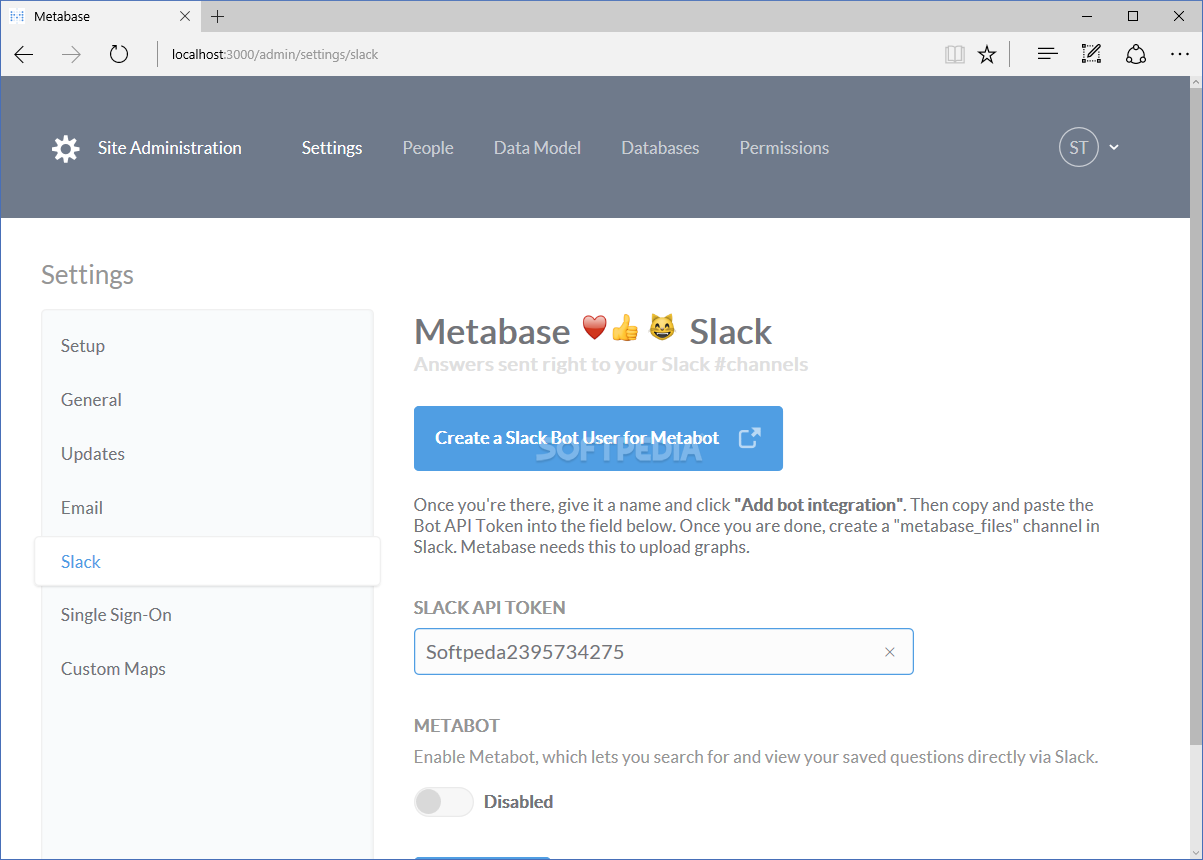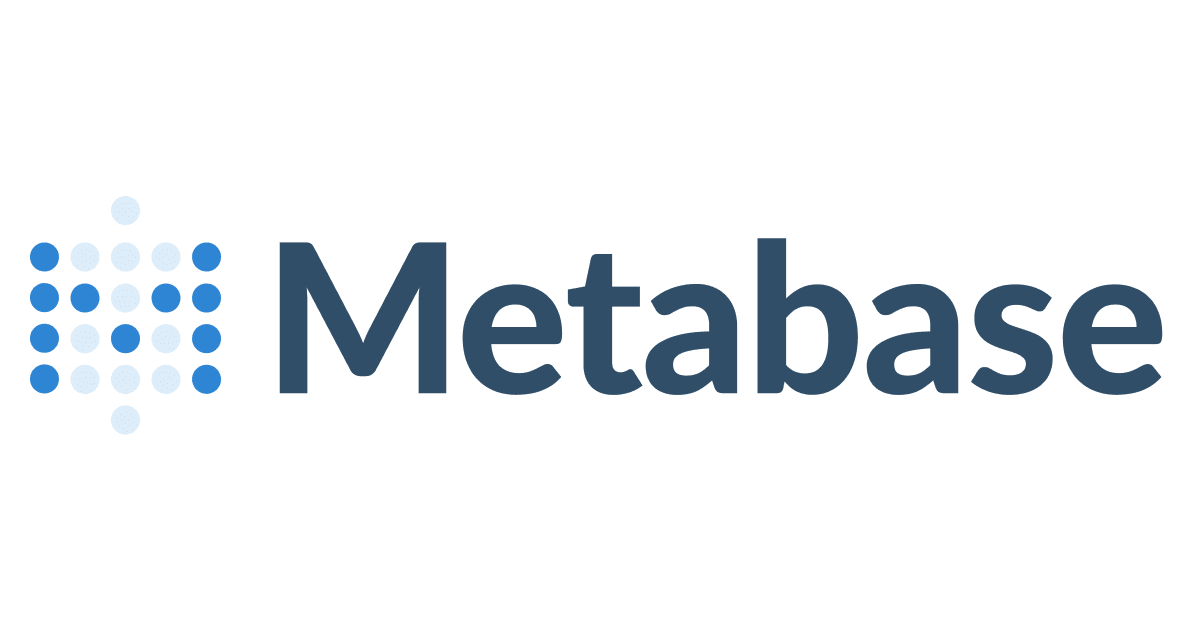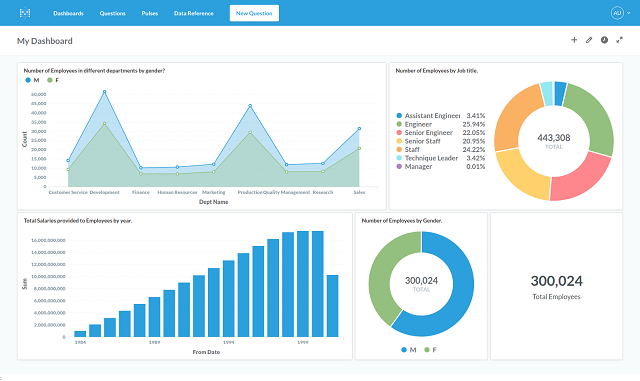
This allows Google Sheets and CSV and JSON files to appear as sources for querying in Metabase. There’s nothing new to configure in Metabase, just a bit of set up on the BigQuery side, but it’s easy to follow. If you’re on BigQuery, you can now use its Google Drive external table features. To help folks get set up quickly, we’ve made improvements to our setup flow to make it easier to understand what info you need to get connected to a database, and where you can find it.įor Oracle and Postgres users with complex authentication schemes, you can now configure truststores and keystores right in Metabase – uploaded credentials are fully encrypted.Īnd if you’re on Metabase Cloud, we’ll show you our list of static IPs right in the database configuration screen, in case you have to connect to a database behind a firewall. There are more people trying Metabase out for the first time than ever before, so we’ve made a lot of improvements to the setup flow. We fixed several bugs, display errors in more actionable ways, and improved keyboard navigation, so you can swiftly tab your way to happiness. We’ve overhauled the custom expressions editor – now suggestions are more useful, easier to navigate, and up to 20x faster to appear.

We’re launching this first for BigQuery and its datasets, with other databases coming in the next few releases. That means less time syncing, and less money spent on your data stack. You can now narrow down your selection by including/excluding which schemas (groups of tables) you want to sync. Selective sync for multiple schemas, starting with BigQueryįor large databases, you may not need (or want) to surface all tables in Metabase. We’ve redesigned the collection view to make it easier for people to find your most important questions, dashboards, and models.

We have a lot more planned here for making it easier to find the data you’re looking for, so stay tuned. And we made the Browse data button more prominent to encourage people to poke around your connected databases. You can now just click on + New to create a question using the query builder, a SQL query, a dashboard, or a collection. To give models a try, create a question and then convert it to a model!
METABASE GOOGLE SHEETS FULL
Oh, and this is just the beginning: over the course of the year, expect to see a full revamp of Metrics, performance optimization for models, and much better ways to find the data that you’re looking for. From there, anyone can use the model as if it were a table. When creating models with SQL or the query builder, you can filter out invalid rows, join tables, add calculated custom columns, and package the data up with semantic data types and column descriptions. Models are like derived tables that allow anyone – technical and non-technical people alike – to create and edit metadata-rich datasets and drop them in collections for easy exploration. And the definitions of those business notions can change, which makes keeping the schema up to date quite the hassle. For example, the entities business users want to query (e.g., Churned Customers) can be quite different from how they are stored (e.g., subscriptions WHERE status = 'canceled'). The way data is stored in a database is often not the easiest for non-technical users to understand.
METABASE GOOGLE SHEETS MANUAL
Tired of manual updates? It’s easy to upgrade to a hosted plan.
METABASE GOOGLE SHEETS UPDATE
If you’re self-hosting, you (or your administrator) can update to the latest version by following the instructions here.

If you’re hosted on Metabase Cloud, you’ll be getting these new features automatically throughout the coming week. The release also includes a new main navigation, redesigned collections, and a lot of other cleanup work and quality-of-life improvements. Metabase v0.42 brings models - a whole new way to make exploring data easy for everyone.


 0 kommentar(er)
0 kommentar(er)
